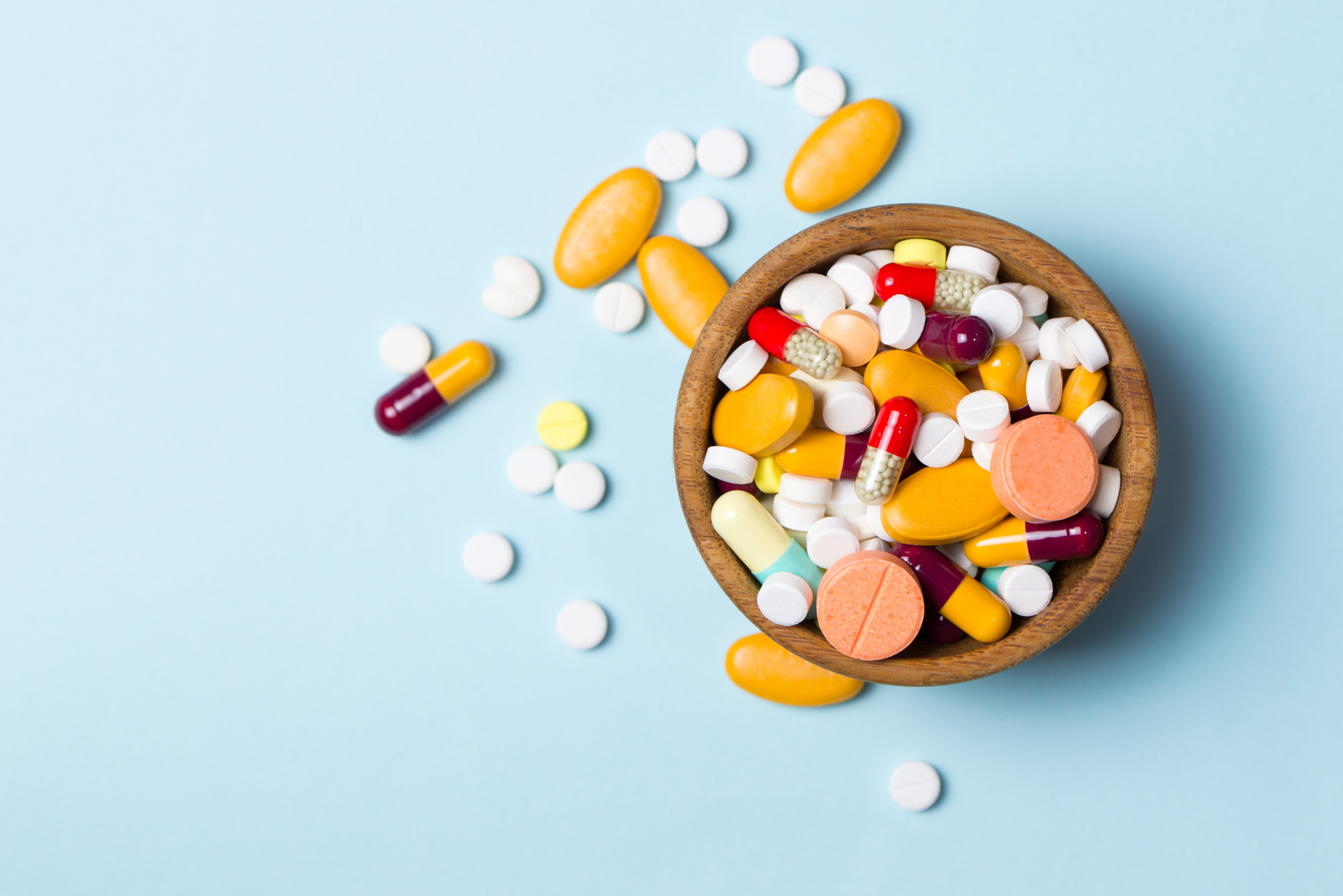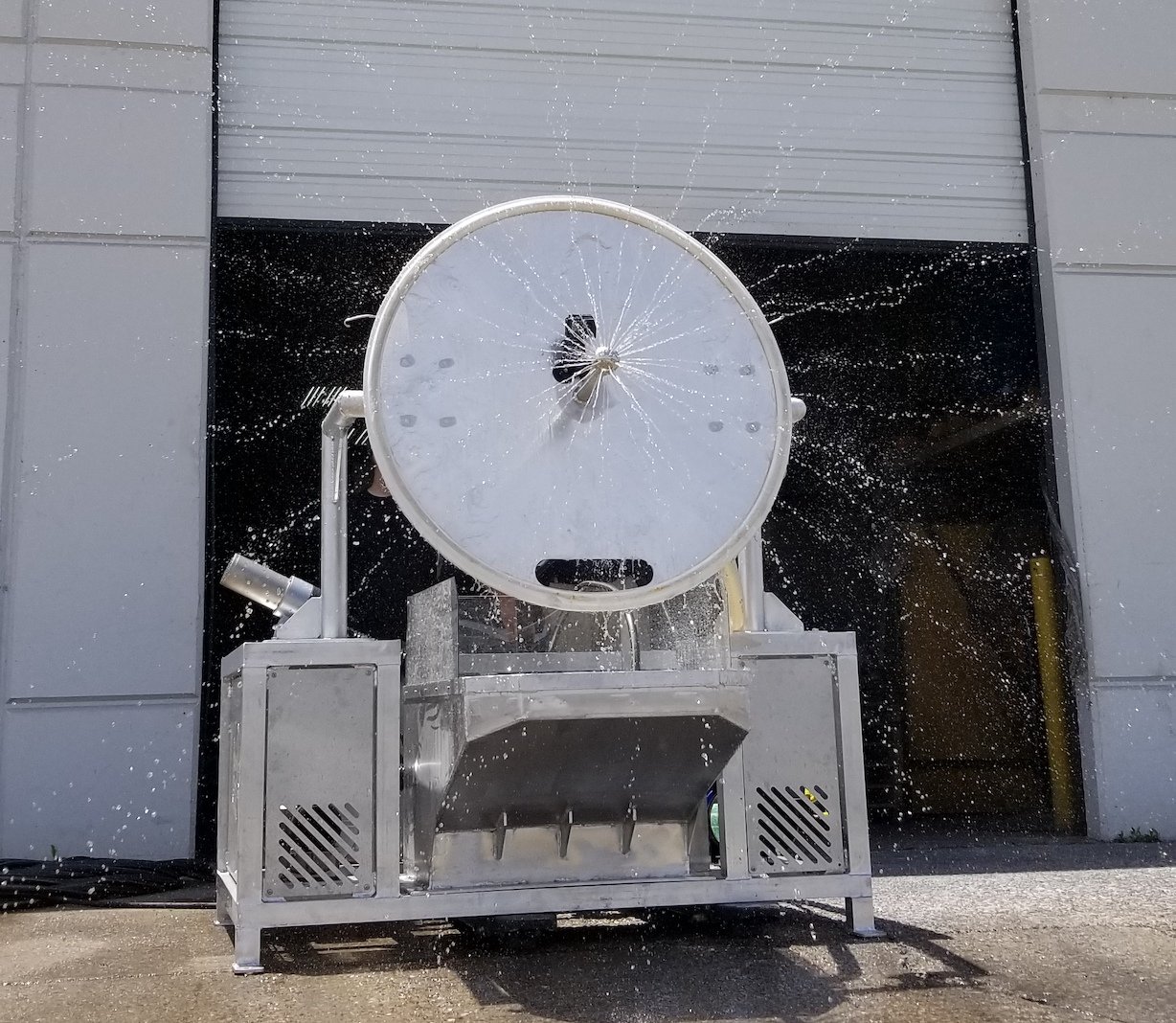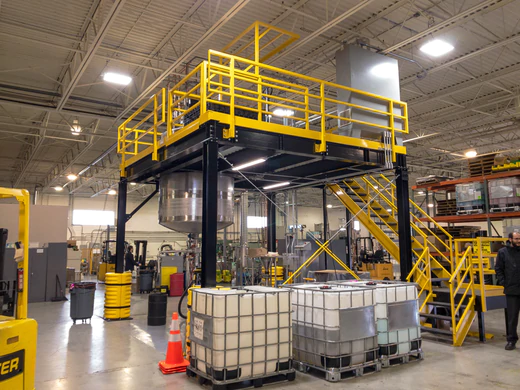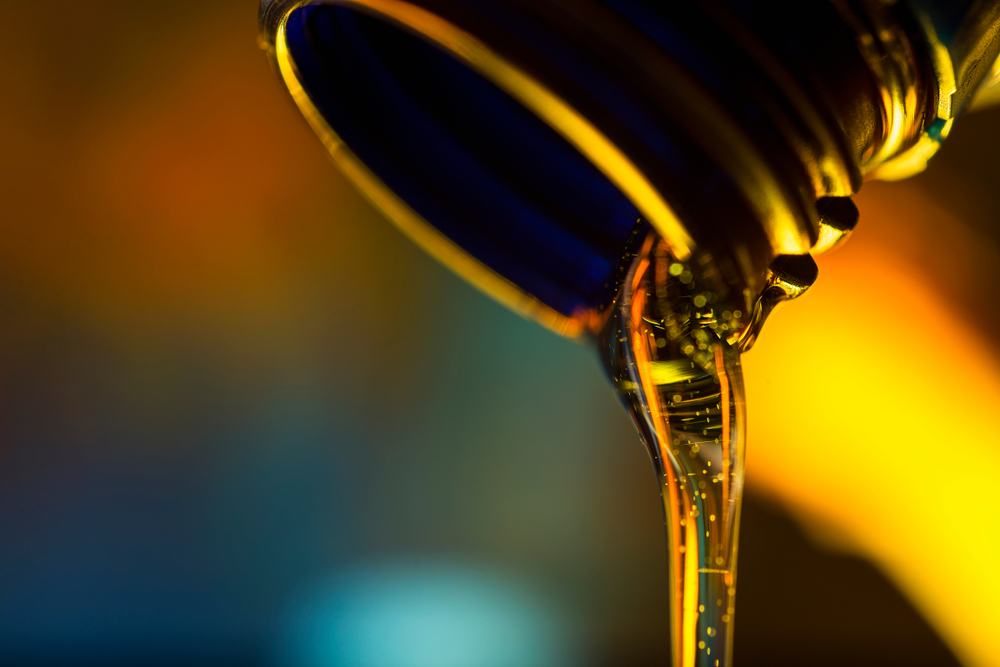What Are Spray Balls?
What Are Spray Balls? Spray balls are utilized in a variety of industries. For instance, pharmaceutical and food industry applications utilize spray...
1 min read
Mixer Direct Aug 7, 2018 12:00:00 AM

An active pharmaceutical ingredient (API) is a substance, or a mixture of ingredients, combined in the manufacture of a pharmaceutical or drug. Active pharmaceutical ingredients directly impact disease. Their pharmacological activity plays a direct role in the diagnosis, cure, mitigation, treatment, or prevention of disease. Active pharmaceutical ingredients affect the structure and function of the human body. Inactive ingredients in a pharmaceutical may be referred to as "bulk pharmaceutical chemicals (BPCs)." The term active pharmaceutical ingredient may refer to an active chemical within an FDA-regulated drug, or API might mean the entire drug with its active and inactive ingredients.
While pharmaceuticals are highly regulated in the United States by the Food and Drug Administration, they are manufactured and sold with a primary Standard Industrial Code (SIC) and a North American Industry Classification System (NAICS) code which identifies the manufacturer of the product and helps businesses and their governments measure their economic growth the United States, Canada, and Mexico. Since 1990, the International Council for Harmonization (ICH) established the FDA technical regulations necessary for the manufacture, labeling, and exportation of pharmaceuticals for use in and on humans.
The FDA's Current Good Manufacturing Practices (CGMPs) for ensuring pharmaceutical quality are designed to adhere to the proper safety standards. Aspects of the manufacturing GMPS require active pharmaceutical ingredients to be manufactured with pharmaceutical-grade process equipment in a sterile environment. Pharmaceutical-grade industrial mixers and impellers play a vital role in the pharmaceutical process.
• Biochemically created
• Extracted from a plant or animal
• Fermented in a sterile environment
• Non-sterile inorganic mineral
• Sterile intermediate
• Synthesized chemically
• Laboratory created
• Purified plant or animal material

What Are Spray Balls? Spray balls are utilized in a variety of industries. For instance, pharmaceutical and food industry applications utilize spray...

For nearly every mixing process, there are four universal steps to the operation:

What Is Viscosity? Viscosity is essentially a numerical value that can explain a fluid’s resistance to flow. It’s sort of like how much friction...